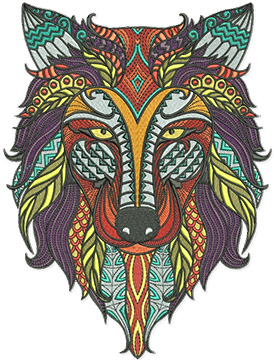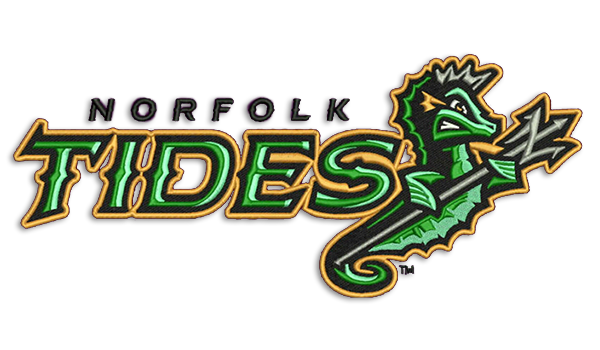Efficient Digitizing for Embroidery: Quick Turn-around
Efficient Digitizing for Embroidery: Quick Turn-around
Blog Article
Check Out Different Types of Needlework Digitizing Techniques
Needlework digitizing has evolved considerably over the years, using a myriad of techniques to bring layouts to life in the electronic realm. The world prolongs to more advanced techniques like photorealistic needlework digitizing and the remarkable realm of 3D needlework digitizing.
Conventional Hand Needlework Digitizing
Typical hand embroidery digitizing entails the process of transforming intricate hand-stitched layouts right into electronic formats for device embroidery. This strategy requires experienced craftsmens to meticulously examine the handmade design and then use specialized software program to recreate it in an electronic style. Each stitch, color, and information must be very carefully converted to ensure that the significance of the initial hand needlework is maintained in the electronic variation.
One of the vital obstacles of typical hand needlework digitizing is catching the complexities and nuances of the handmade layout. Digitizing for Embroidery. Artisans must have a deep understanding of different embroidery strategies, such as satin stitch, chain stitch, and French knots, to precisely reproduce these methods in the digital world. Additionally, they need to have an eager eye for detail to make sure that the electronic layout keeps the exact same degree of creativity and workmanship as the initial hand-stitched piece
Punching Strategy
To seamlessly shift from conventional hand needlework digitizing to the punching strategy, artisans have to now concentrate on converting the elaborate digital styles right into directions that embroidery equipments can interpret. The boxing strategy involves making use of specialized software to develop electronic data that include commands for the embroidery device to adhere to. This process calls for a deep understanding of not just the style itself but additionally the abilities and constraints of the embroidery device.

Auto-Digitizing Software Application Programs
Embroidery digitizing has actually been revolutionized by the advent of auto-digitizing software application, offering artisans with advanced devices to convert digital layouts into embroidery maker directions effectively. Auto-digitizing software application make use of formulas to assess electronic photos or vector data and produce needlework designs immediately. These programs permit for fast and precise conversion of elaborate styles right into stitch patterns, conserving effort and time for embroiderers.
One of the essential advantages of auto-digitizing software application is its user-friendly interface, making it accessible to both beginners and seasoned digitizers. These programs often consist of features such as stitch editing and enhancing devices, string shade matching, and the capacity to preview the last embroidered style. Additionally, auto-digitizing software program can manage complex styles with numerous shades and complex details, generating high-grade embroidery files appropriate for various garments and textile projects.
While auto-digitizing software application provides convenience and performance, it is necessary for users to recognize the limitations of automated digitizing. Fine-tuning and hand-operated modifications might still be required to attain the preferred needlework quality, specifically when taking care of elaborate or unique layouts. By leveraging the capabilities of auto-digitizing software program alongside hand-operated digitizing techniques, craftsmens can enhance their needlework digitizing process and produce spectacular embroidered items.
Photorealistic Needlework Digitizing
Using advanced electronic imaging methods, achieving photorealistic outcomes in embroidery digitizing has actually become a desired skill among contemporary craftsmens. This method includes converting high-resolution photos right into intricate stitch patterns that closely imitate the initial design, causing needlework pieces that show lifelike detail and deepness.
To accomplish photorealistic needlework digitizing, artisans need to possess a keen eye for information and an extensive understanding of just how different stitch types and thickness can influence the final result. By very carefully mapping out each color and color in the image, embroiderers can produce an electronic file that guides the embroidery maker to reproduce the nuances of the initial image accurately.
Photorealistic embroidery digitizing is particularly preferred in developing custom-made designs for clothing, hop over to here home style, and art items where catching the significance of a photograph or artwork is vital. This strategy permits craftsmens to change memories, landscapes, pictures, and detailed art work right into magnificent helpful site stitched work of arts that showcase a blend of conventional craftsmanship and sophisticated innovation.
3D Embroidery Digitizing
With the improvement of digital imaging methods in achieving photorealistic lead to needlework digitizing, the exploration of 'D Needlework Digitizing' provides a brand-new dimension to the intricacies of style replication. 'D Needlework Digitizing' describes the three-dimensional digitizing technique that includes deepness and structure to embroidery designs, developing a much more reasonable and visually attractive final item. This method uses software application that mimics the effect of light and darkness on the embroidery layout, improving its overall aesthetic impact.
Among the essential advantages of 'D Embroidery Digitizing' is its ability to make designs look even more realistic and vibrant. By adding deepness to the embroidery layout, the last item appears more sensible click and fascinating (Digitizing for Embroidery). Furthermore, this technique allows for even more imaginative flexibility in layout implementation, making it possible for embroiderers to trying out different textures and results that were previously testing to attain
Conclusion

Report this page